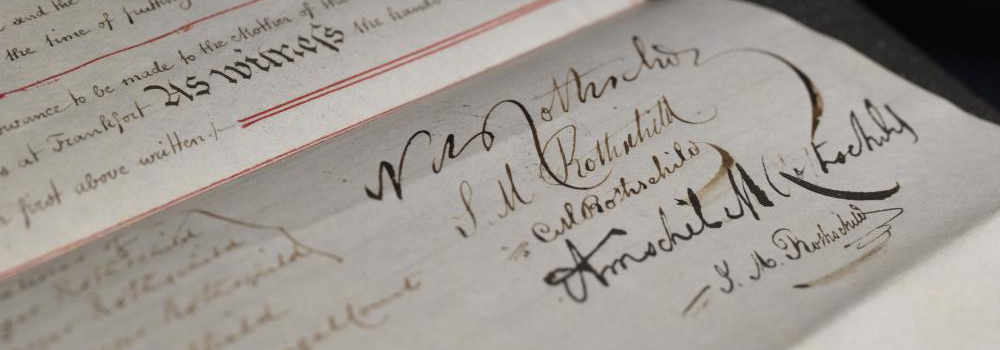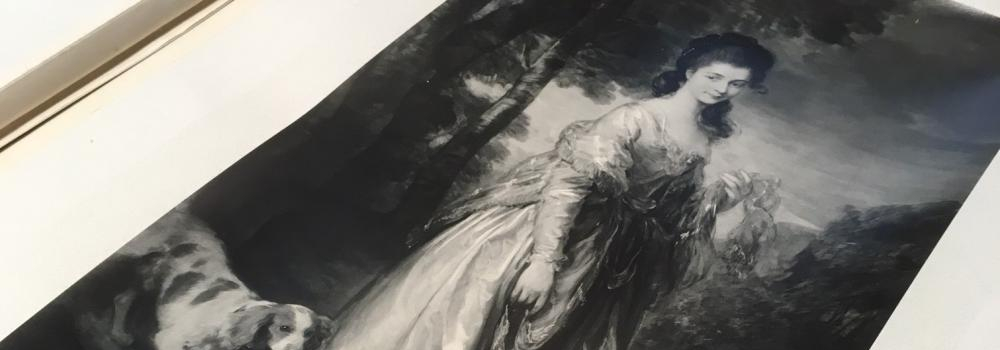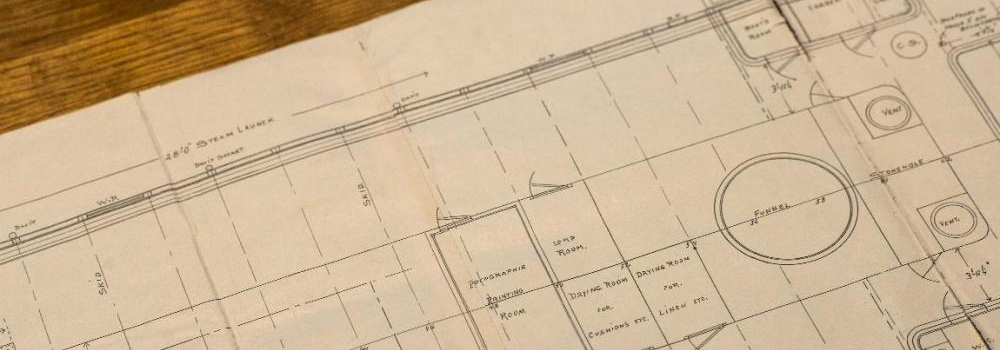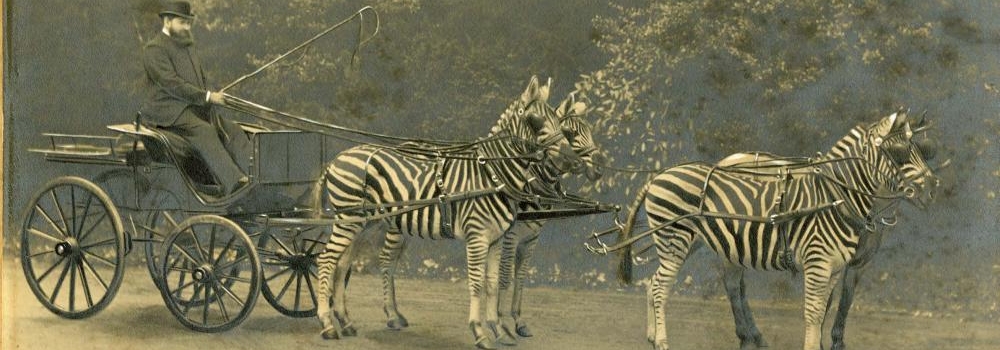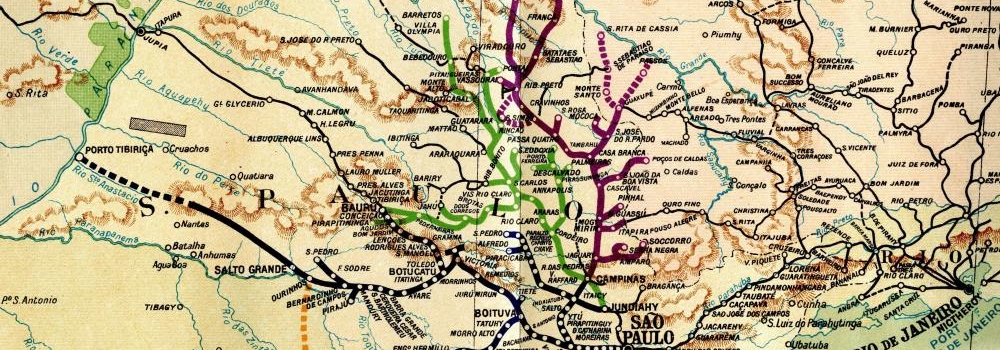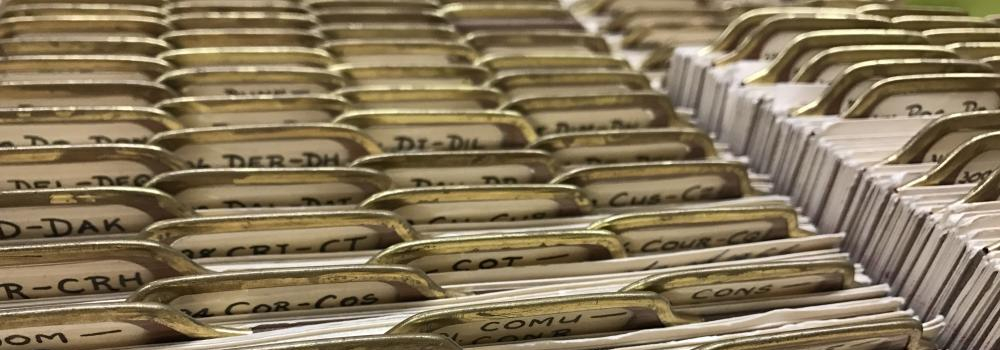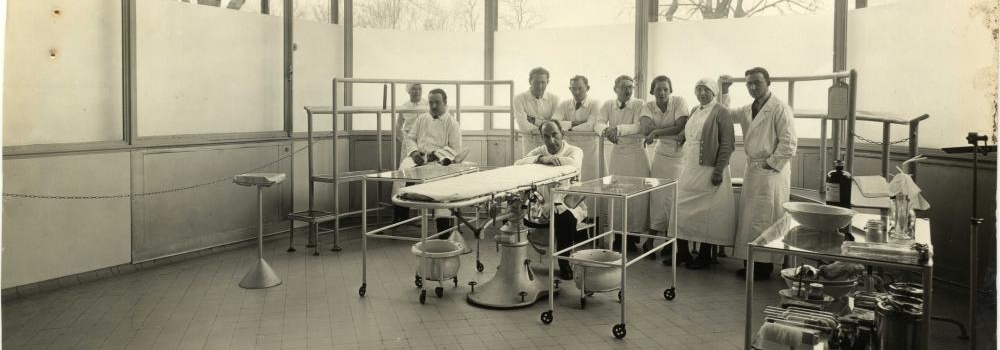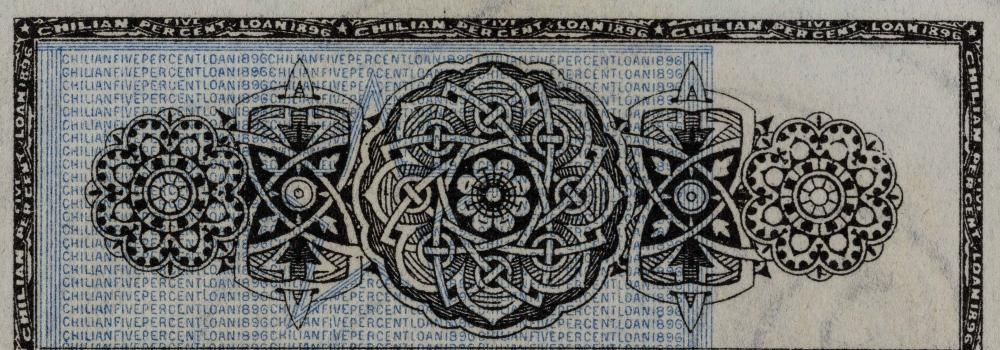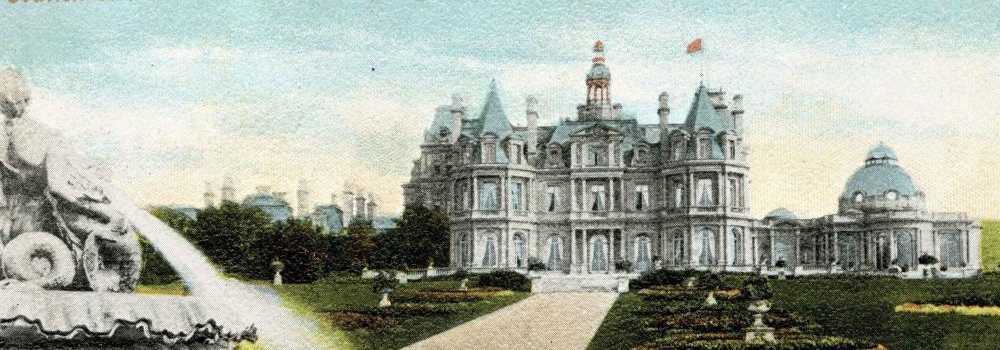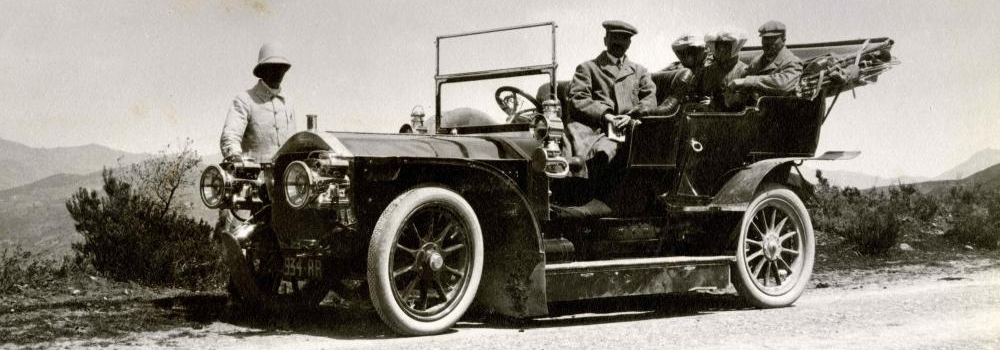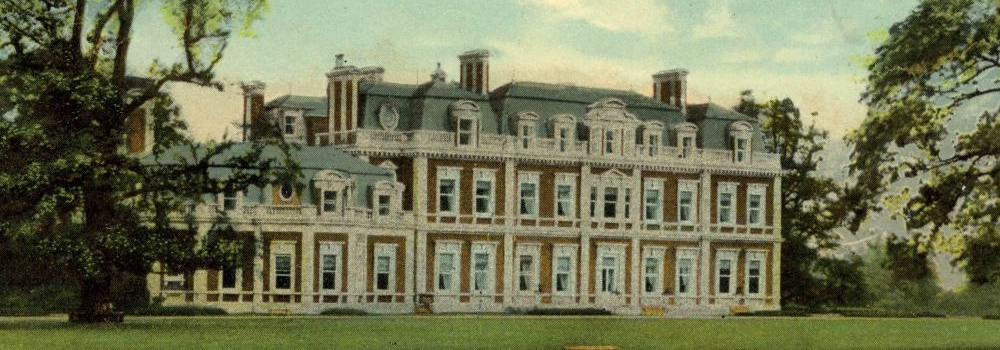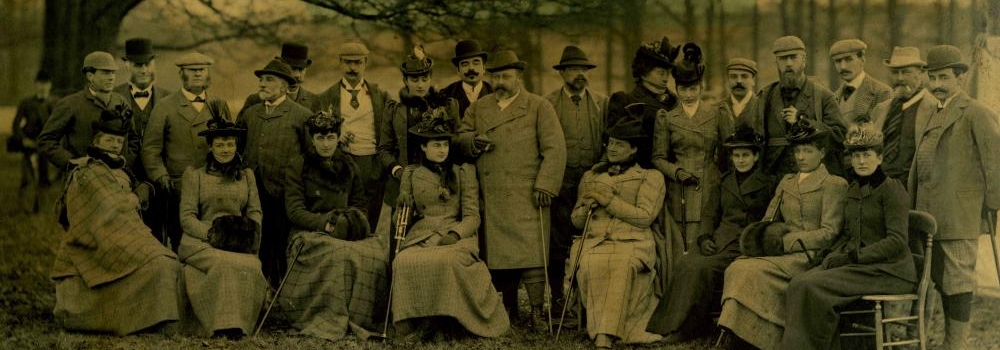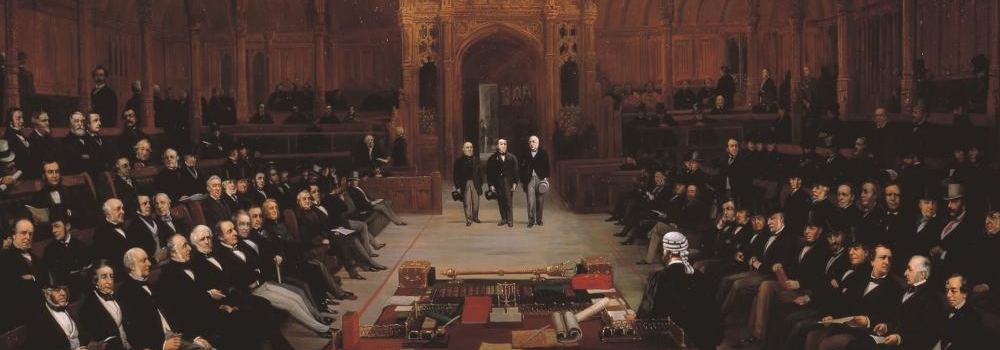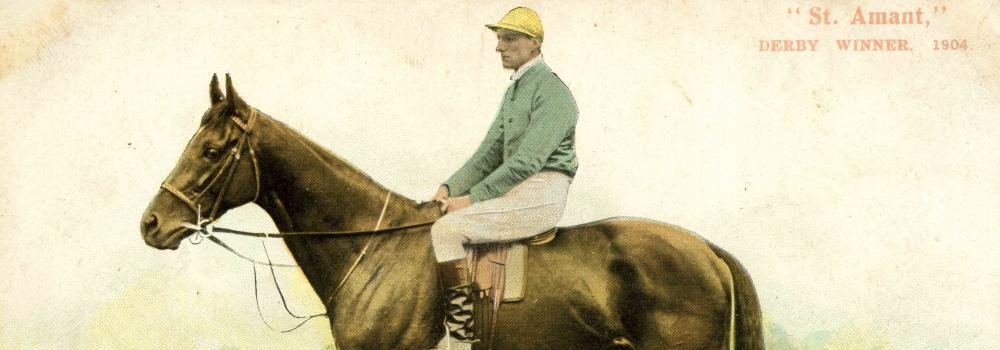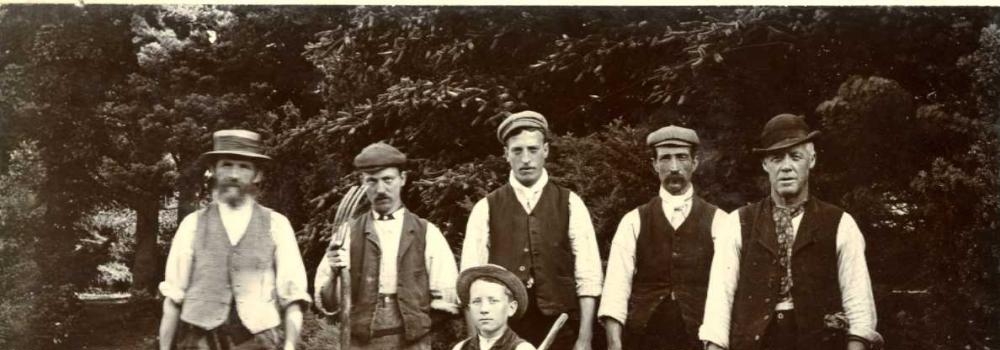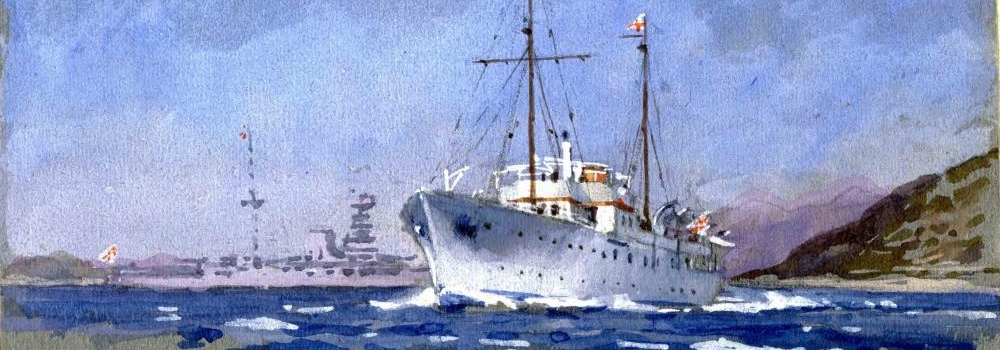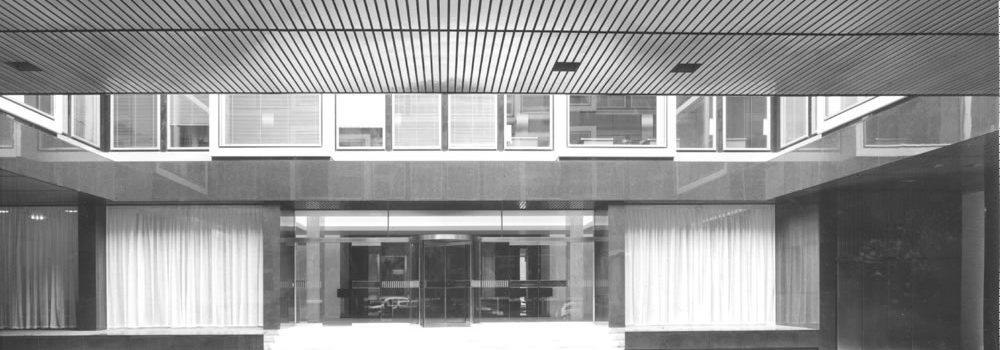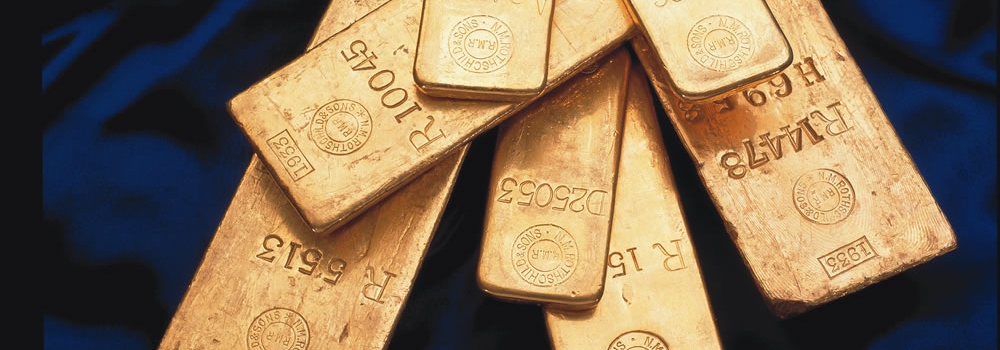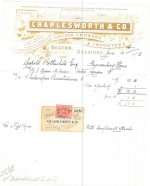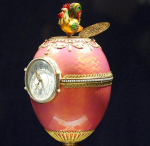In this Choice we celebrate the coronation of King Charles III and Queen Camilla. In celebration of this once-in-a-lifetime historic event, we look back at the relationship between the Rothschilds and the royal family.
A tradition of Rothschild coronation gifts
King Charles III’s specific wish is that UK citizens engage in community events to mark his coronation on 6 May. However, in coronations past, there was a different tradition of giving.
In 1911, the great grandparents of King Charles III (George V and his wife, Queen Mary) received a display of then-rare prize orchids from Leopold de Rothschild – the great grandfather of two of the current trustees of The Rothschild Archive; Anthony de Rothschild and Lionel de Rothschild. The orchids had been grown in the glasshouses of the family home at Gunnersbury Park in west London, a home that Queen Mary had often visited as a child to spend the day with Leopold and his siblings.
The orchids were not the only gift. They were presented in an enamelled gold mounted rock crystal vase, in the style of the renaissance, a Fabergé creation purchased by Leopold and engraved with the Royal arms and the date of the coronation. Leopold’s gardener took the orchids to Fabergé’s shop in London’s Bond Street early on the morning of the coronation, where he carefully arranged them in the vase. The vase and its contents were then taken to Buckingham Palace to be placed on the royal breakfast table. The vase remains in the Royal Collection, and can be seen here »
The Rothschilds and Fabergé
The coronation vase was recently displayed alongside the more famous Easter eggs made for the Russian Imperial family in the V&A Fabergé exhibtion of 2021-2022. Leopold, described by the manager of Fabergé’s London shop as a ‘perpetual Father Christmas’, frequently bought gifts from the firm for his friends and relatives. For this vase, bought to hold then-rare orchids, he paid £430, making it the most expensive piece ever sold at the shop.
Leopold and his family were second only to the Royal family in Britain as purchasers of Fabergé pieces. The devotion to exquisite treasures was not limited to the English Rothschilds. Also on display at the V&A was the Fabergé egg made in 1902 and presented by Béatrice Ephrussi de Rothschild as an engagement gift to her future sister-in-law, Germaine Halphen. Germaine and Edouard de Rothschild married in 1905, and are the great grandparents of Alexandre de Rothschild. The egg features a clock and a diamond cockerel, which pops out of the top of the egg on the hour, nodding its head, before the clock strikes. When it was sold in 2007 for £8.9 million, the egg – one of the few Fabergé eggs that were not made for the Russian Imperial family – broke several records: the most expensive ever Fabergé object, Russian item and timepiece.
Leopold already had an interest in Russian decorative arts fostered by a visit to St Petersburg and Moscow in 1867. He purchased many other items from Fabergé including items enamelled in the Rothschild racing colours (blue and gold) which Leopold would gift to friends and acquaintances. The Fabergé accounts show that between 1909 and 1914, Leopold purchased an item a year for his brother Alfred’s birthday. The Rothschild Archive holds some examples of receipts for items purchased by Marie de Rothschild.
For further information on the Rothschild/Fabergé relationship see ‘Faberge and the Rothschilds’ by Kieron McCarthy in The Rothschild Archive Review of the Year: April 2004-March 2005. Kieran is a director of Wartski, a British family firm of antique dealers specialising in Russian works of art.
RAL XI/17 Receipts for items supplied to the English Rothschild family by C. Fabergé, 1914

